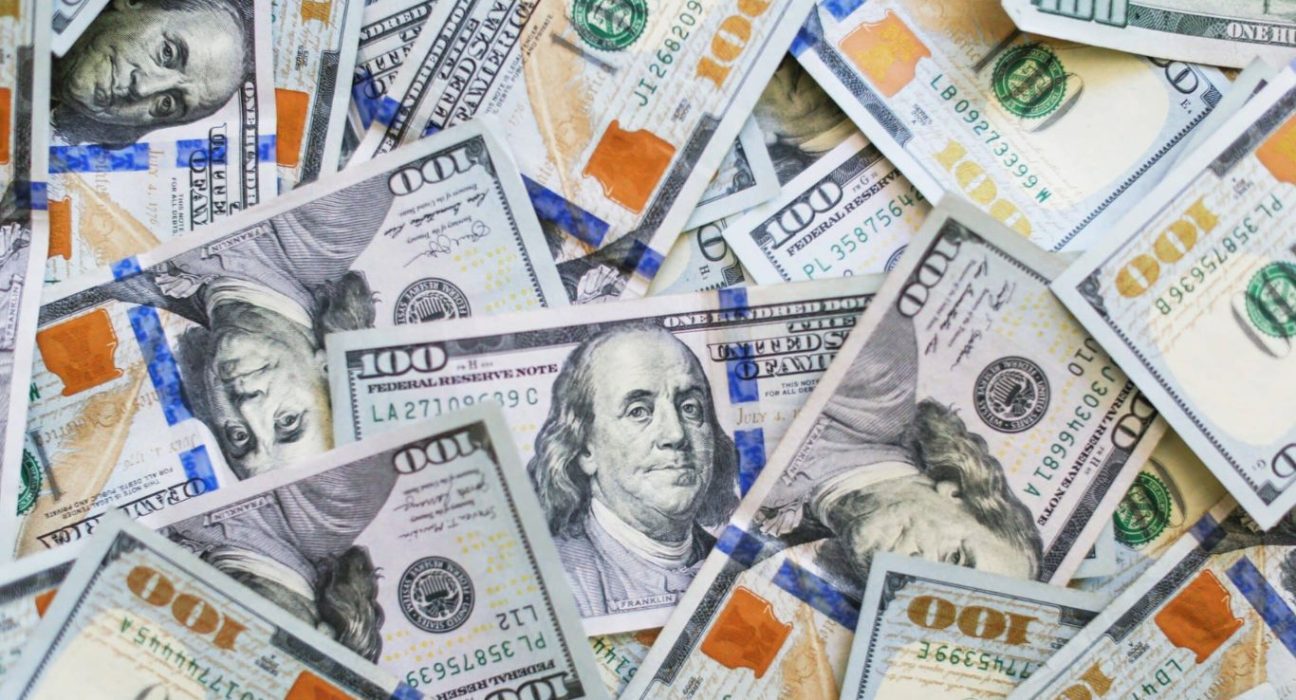Introduction
In the fast-paced world of global finance, currency markets play a crucial role in shaping economic landscapes. Among the significant indicators in this domain is the Dollar Index, which serves as a barometer for the strength of the United States dollar against a basket of six other major currencies. The latest update reveals that the Dollar Index has surged by 0.1%, settling at 101.593, continuing its upward momentum from the prior day when it registered a remarkable gain of approximately 0.7%. This article delves into the reasons behind the greenback’s recent surge, the currencies it is measured against, and the potential implications for the currency market.
Understanding the Dollar Index
The Dollar Index, also known as DXY, is a widely recognized measure of the USD’s strength in comparison to a basket of other major currencies. The index composition includes the Euro (EUR), Japanese Yen (JPY), British Pound Sterling (GBP), Canadian Dollar (CAD), Swedish Krona (SEK), and Swiss Franc (CHF). These currencies represent major trading partners and economies with significant global influence.
Dollar Index Records 0.1% Uptick
On the most recent trading day, the Dollar Index exhibited a modest yet notable increase of 0.1%, bringing its value to 101.593. This rise followed a significant gain of approximately 0.7% on the preceding Thursday. Market analysts attribute this surge to several factors, including positive economic data and the Federal Reserve’s monetary policy stance.
Impact of Thursday’s Performance
Thursday’s performance was a driving force behind the Dollar Index’s continued upward trajectory. Market sentiments were lifted when economic indicators showed resilience in the face of ongoing challenges, such as the global supply chain disruptions and inflation concerns. Additionally, the Federal Reserve’s announcements regarding its commitment to maintaining an accommodative monetary policy played a vital role in boosting investor confidence in the greenback.
Key Currencies in the Basket
The six major currencies that constitute the Dollar Index basket are a reflection of the world’s most influential economies. Here’s a brief overview of each currency’s significance and its relationship with the US dollar:
1. Euro (EUR): As the official currency of the Eurozone, the Euro is the second most traded currency in the world. Its performance is highly influenced by the European Central Bank’s policies and economic conditions within the Eurozone.
2. Japanese Yen (JPY): The Japanese Yen is a safe-haven currency and is heavily impacted by Japan’s trade balance, interest rates, and economic stability. It tends to strengthen during times of market uncertainty.
3. British Pound Sterling (GBP): The GBP’s value is influenced by the Bank of England’s decisions, economic performance, and the ongoing Brexit-related developments.
4. Canadian Dollar (CAD): The CAD is closely tied to the fluctuations in oil prices, given Canada’s status as a major oil exporter. Economic indicators from Canada, such as GDP and employment data, also significantly impact its value.
5. Swedish Krona (SEK): Sweden’s export-oriented economy and monetary policies are crucial factors affecting the SEK’s value. It is particularly sensitive to changes in global trade conditions.
6. Swiss Franc (CHF): Often considered a safe-haven currency, the Swiss Franc’s value is influenced by Switzerland’s political stability and its banking system’s reputation for security.
The Currency Market’s Response
The foreign exchange market, also known as the forex market, is the largest and most liquid financial market globally. It is highly responsive to economic indicators, geopolitical events, and central bank policies. The Dollar Index’s recent gains have reverberated throughout the currency market, impacting various currency pairs.
Potential Implications for Investors
The Dollar Index’s upward trend can have significant implications for investors and traders worldwide. Investors holding assets denominated in the US dollar may witness an increase in their portfolios’ value. On the other hand, exporters may face challenges as a stronger dollar makes their goods relatively more expensive for foreign buyers, potentially affecting trade balances.
Conclusion
In conclusion, the Dollar Index’s recent ascent by 0.1%, coupled with its remarkable performance on the prior Thursday, has attracted attention in the currency market. The greenback’s strength against a basket of six major currencies indicates positive market sentiments driven by favorable economic data and the Federal Reserve’s supportive monetary policies. As investors closely monitor the evolving global economic landscape, the Dollar Index will continue to serve as a key indicator for gauging the US dollar’s performance on the international stage.










